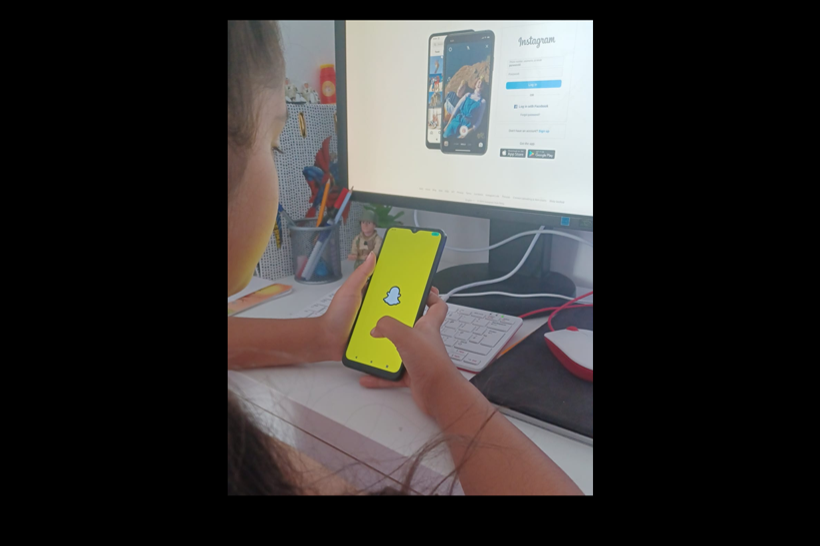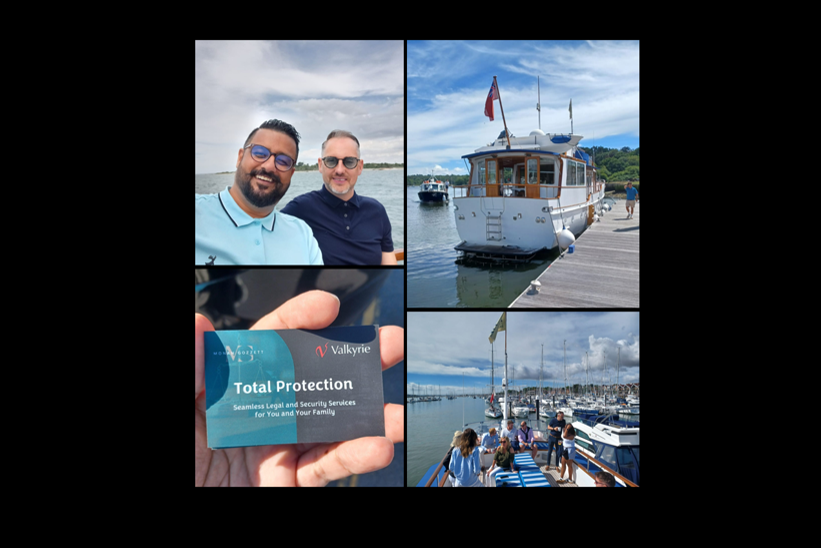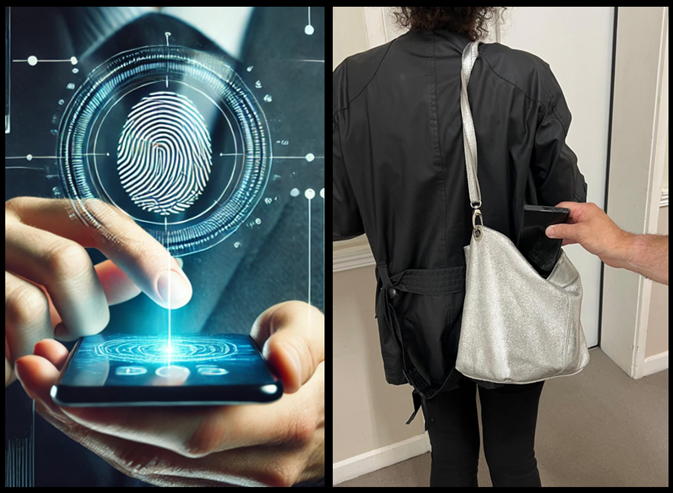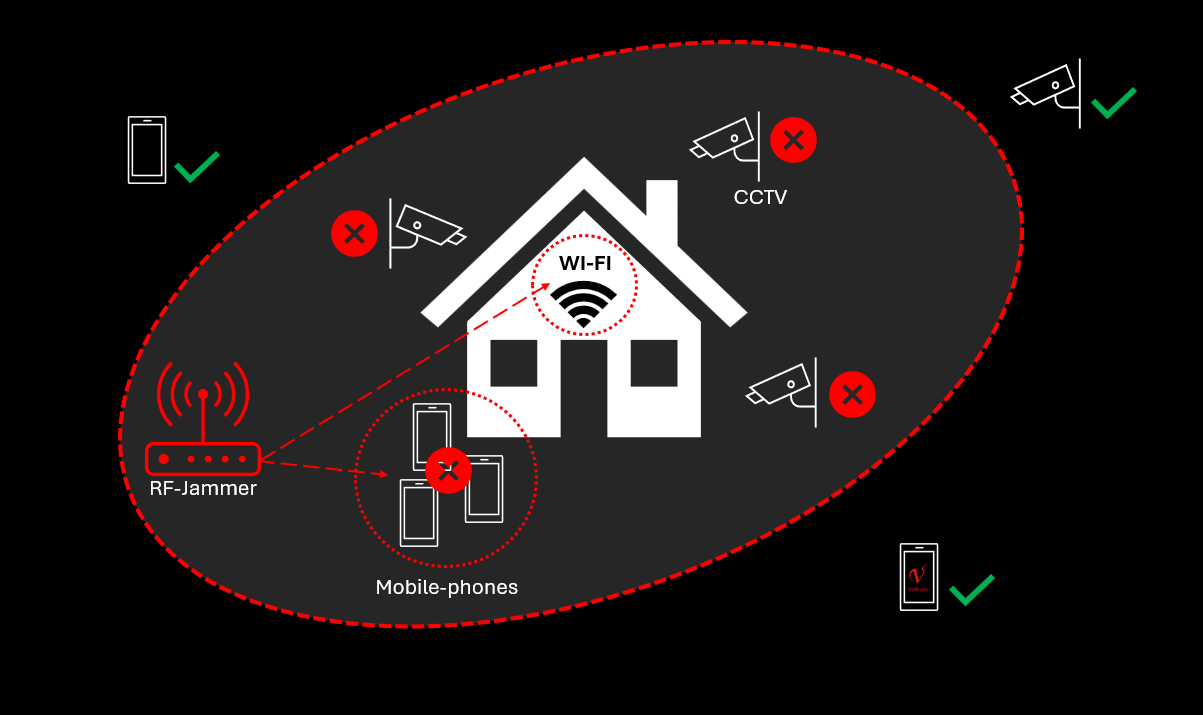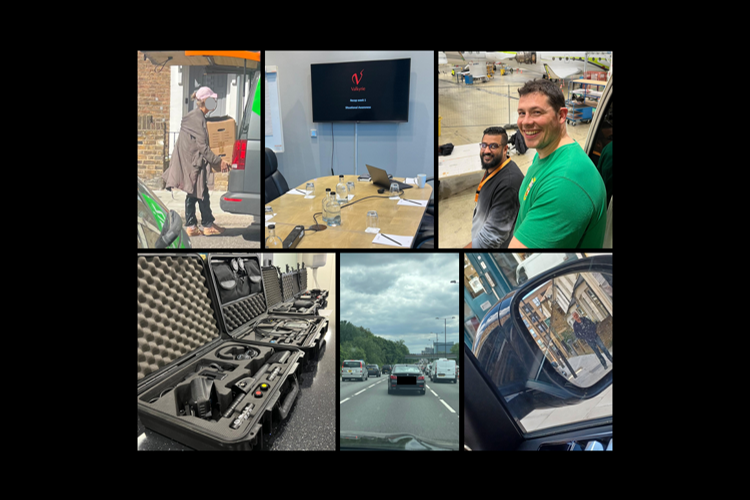Social media in many ways is the perfect surveillance tool for criminals
Following from our post last week on ‘high value timepiece crime’ we thought we would re-highlight the risks associated to posting ‘too much’ information on social media sites allowing criminals to utilise the information to target people and commit crimes; in essence using innocent posts as a form of open-source-intelligence (OSINT). Although in this post we make reference to high profile individuals and groups to highlight the issue, it is not only them who are guilty of over posting and playing into the criminals’ hands.
‘Insta-bragging’ is a term used to describe people particularly social media ‘influencers’ and celebrities who flaunt their lifestyles online. As we are all well aware, social media is a platform for sharing snapshots of everyday life. However, while the average person may share selfies with friends on a night out, those with money have far more glamorous lives they wish to flaunt and it’s most apparent on their social media accounts. Criminals utilise social media posts to plot break-ins and other criminal activity. Although high-profile influencers and celebrities are greater targets due to their audience reach, cases are not limited to this group. Research shows 1-in-12 people burgled in the UK were likely burgled as a result of current social media posting trends. According to the Information Commissioner’s Office (ICO), just a quarter of the UK’s Facebook, Instagram, Twitter and TikTok users have their channels set to private – making crimes even easier to commit. In interviews with convicted burglars, several said they had used social media to profile targets for break-ins. If someone was bragging about what they had in their house, criminals then conduct research on that house and look to target it. Several admitted to logging in online to search for potential victims as well as scoping out the best times to strike.
Probably the most high-profile cases of ‘Insta-bragging’ occurred in Oct 2016 when Kim Kardashian was targeted by robbers allegedly after posting about her very expensive engagement ring on her social media. The thieves entered her apartment building in Paris after fooling the concierge that they were the police. They then broke into her apartment, held her at gunpoint, restrained her before locking her in a bathroom and making off with over £8million in jewellery. There have been many other robberies and incidents of crime where celebrities, sportspeople and the wealthy have been targeted, very often ‘aided and assisted’ by social media posts highlighting such things as wealth, locations, vehicles and addresses. Only yesterday there was reporting that armed robbers broke into the home of Barcelona footballer, Pierre-Emerick Aubameyang (early Monday morning) and physically assaulted him and his wife and forcing them to open a safe to steal jewellery – it’s the second time in the last two months that Aubameyang’s home has been burgled. Reports show at least 80% of Europe’s top football players (including 3 managers) have had their homes raided since the mid-2000’s. Clearly ‘insta-bragging’ or social media posting isn’t the only reason why celebrities, sportspeople and the wealthy are targeted; its more complicated than that BUT it is no doubt a contributing factor.
How criminals target social media posts – even an innocent check-in on Facebook or the classic ‘I’m on holiday’ post can put you at higher risk.
- Geo-Tagging/Check-Ins: Real-time notifications like check-ins show exactly where a person is. This key information is often shared on stories which tells the burglar that the tag happened within 24 hours. When pinpointing an exact address, whether it’s a restaurant or a football stadium, the location advertises how far away from home a person is and how long somebody has to break into the empty home
- Holiday Posts: On Instagram alone there are 16.3 million #airport uploads and a mammoth 152 million #holiday hashtags. You can also find 2.8 million posts relating to passports and 128k boarding pass pictures. Criminals keep tabs on when followers were away from home. They can find out where they were going and how long for, to plan the best time to target a home for robbery. Be cautious about sharing an ‘out of office’ or automatic replies as they indicate the exact days you are on leave or holiday and provides good information to a criminal.
- Insta-bragging: 86.7k people have used the Instagram hashtag ‘#bragging’ to call out those flaunting an expensive lifestyle or product. Being boastful on Instagram and TikTok advertises the value of certain goods, giving burglars the exact knowledge of the content a property has and the belongings a person owns
- New homes: New home posts on TikTok have over 506.4 million views at the time of writing. Each post shows either an address street sign, the layout of the property or even pictures of keys. Pictures of the keys can be easily replicated for access without breaking in. It’s possible to make a copy of a key from a picture, in some instances, you can literally take it to a locksmith, and they’ll have one made for you. Vehicles are often included in posts displaying number plates giving criminals another avenue to target
How to limit chances of a burglary – five essential rules for anyone active on social media
- Set To Private: Change any social media accounts to private and target posts specifically to your friends. This way only people you trust can see your content, rather than advertising to potential thieves you don’t know
- Decline Requests: Once your profile is private, do not accept any friend requests from people you don’t know or trust. If you don’t have close contacts with someone, don’t accept their requests as they could have your address, phone number or information to break into your home
- Turn Off GPS Tracking: Turn off the GPS tracking systems for each social media app when you leave the house so you can’t be tempted to tag yourself into locations. That way burglars won’t see if you’re on holiday or away from home
- Post In The Future: When posting an image of yourself travelling or away, do it whilst you’re at home and back from the journey. Security deterrents at the house will tell the thief that you are in the property, so they are less likely to attempt a robbery
- Close-ups: When posting an image about a new product or home, try to take a close up or just capture a small part of it. This type of image won’t give burglars information about your belongings or property layout (beware of what’s in the background of your photo)
There’s no denying social media is a part of our lives now. We all like to share our favourite moments and experiences from time to time, but it’s important to know that there is an element of risk in doing so. Social media in many ways is the perfect surveillance tool for criminals. Follow the guidance above and be vigilant when posting to limit any chances of being targeted by criminals.





